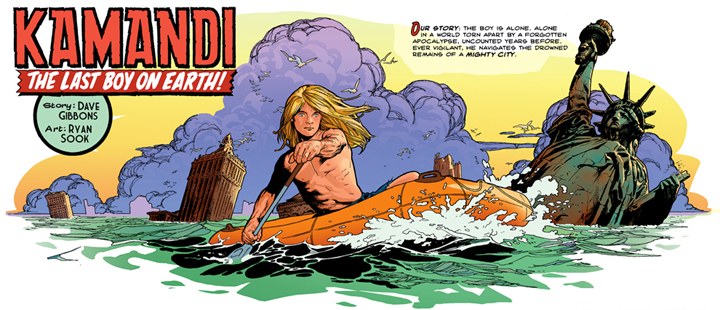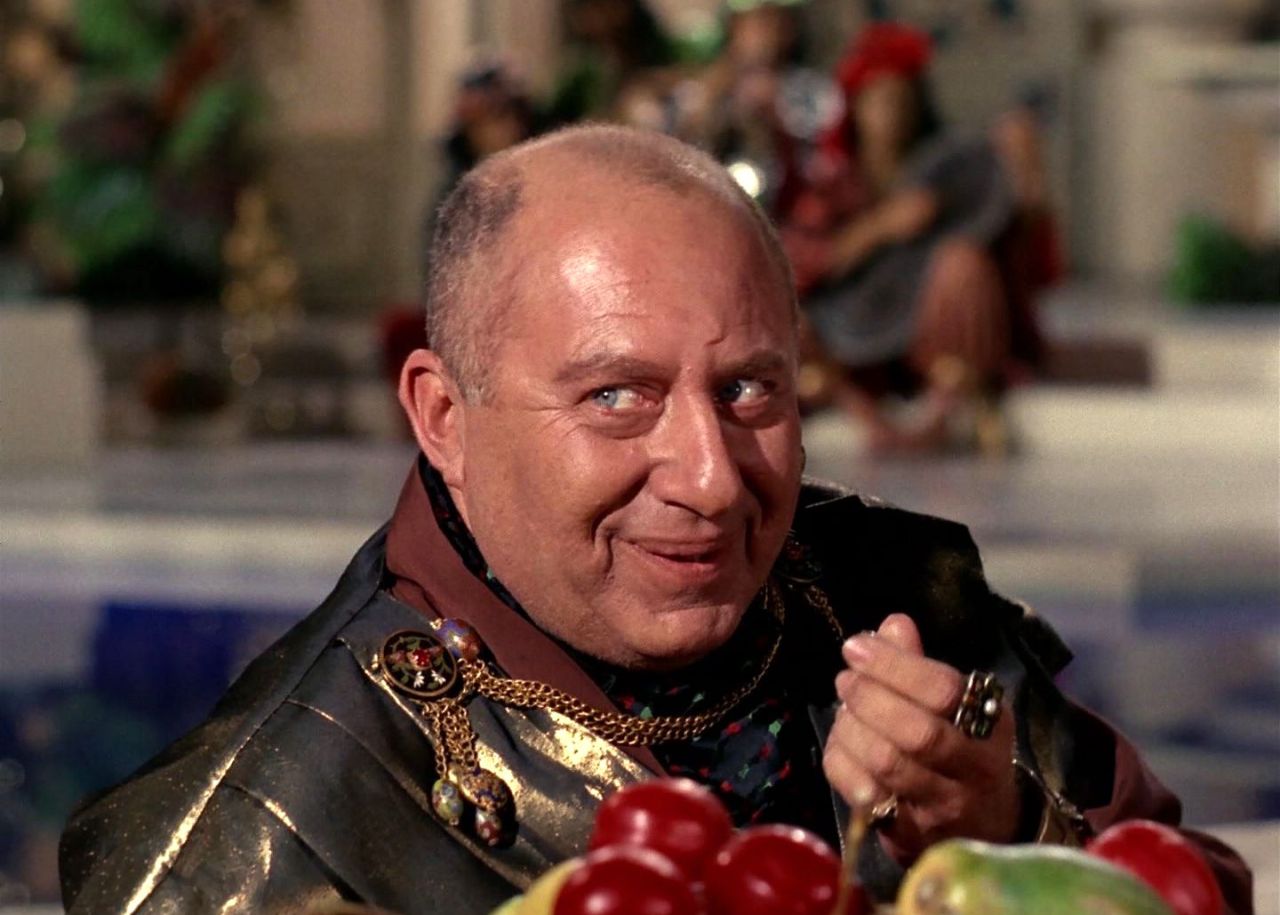According to the DC Comics 1976 Calendar, November 21st was the birthday of Kamandi. In the unlikely event anyone reading this blog doesn't know who Kamandi is the last human born in a underground bunker called Command D (from whence he takes his name) after a nebulous cataclysm known as the Great Disaster has cast human civilization in ruin and anthropomorphic animals have risen in their place. Kamandi was created by Jack Kirby in 1972 and his original series went on for 59 post-apocalyptic issues.
In honor of Kamandi's birthday, here are the places to catch up on the highlights of his story if you are unfamiliar:
Kamandi by Jack Kirby Omnibus: Kirby's original run on the title has been collected in DC Archives (out of print) and previous two volume omnibuses (also out of print). The new omnibus is schedules to be released in March of 2018. He carries a hefty price tage, but also a hefty 896 page page-count. This is the most essential reading on the list.
Wednesday Comics: was a 2009 anthology published in a broadsheet format resembling a Sunday newspaper comics section. There was a serialized Kamandi story written by Dave Gibbons with art by Ryan Sook with a real comic strip feel, sort of like Prince Valiant. Sook's artwork is gorgeous. There are several other good stories in this hardcover, so you don't have to get it for Kamandi alone. A warning though: It is awkardly sized at nearly 18 inches tall, so it's tough to find a shelf for it.
Kamandi Challenge: Back in the '80s DC did a sort of round robin limited series called DC Challenge. A number of DC characters appeared, but notable Kamandi did not. This year, they're doing similar sort of series, but focused on Kamandi, aptly named Kamandi Challenge. Like the original DC Challenge, Kamandi Challenge is uneven and a bit loose in its narrative as every creator tries to do something with the threads they are given. Still, it's all Kamandi and very inventive. The individual issues can be purchased digitally at Comixology or physical at your local comic book store. The collected hardcover will be out in April of 2018.
11 hours ago





















